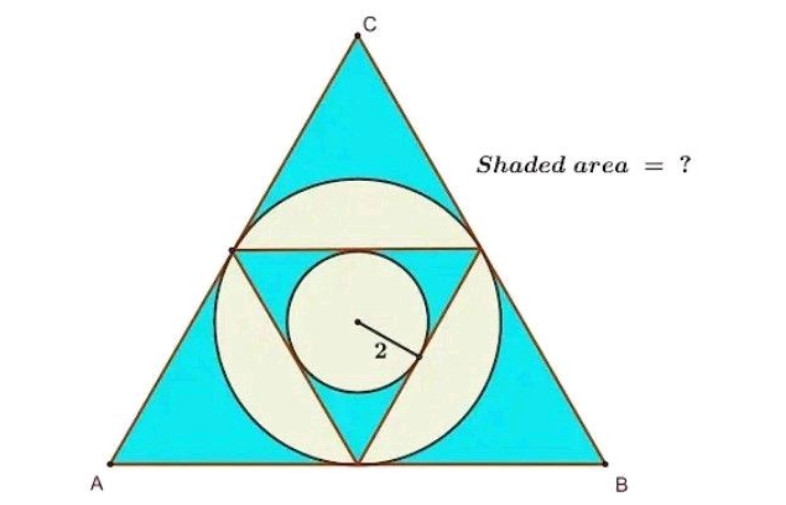
AllQuestion and Answers: Page 332
Question Number 188164 Answers: 1 Comments: 1

Question Number 188163 Answers: 1 Comments: 2

Question Number 188158 Answers: 0 Comments: 0

Question Number 188156 Answers: 1 Comments: 0
Question Number 188155 Answers: 2 Comments: 0

Question Number 188147 Answers: 3 Comments: 0

Question Number 188151 Answers: 1 Comments: 0
Question Number 188128 Answers: 1 Comments: 0

Question Number 188126 Answers: 0 Comments: 0
Question Number 188119 Answers: 1 Comments: 1

Question Number 188107 Answers: 2 Comments: 0

Question Number 188100 Answers: 2 Comments: 0

Question Number 188098 Answers: 1 Comments: 0
$$\int\boldsymbol{\mathrm{x}}!\boldsymbol{\mathrm{dx}} \\ $$
Question Number 188095 Answers: 2 Comments: 4

Question Number 188094 Answers: 0 Comments: 1

Question Number 188092 Answers: 0 Comments: 0

Question Number 188086 Answers: 1 Comments: 0
Question Number 188083 Answers: 1 Comments: 3
Question Number 188082 Answers: 1 Comments: 0
Question Number 188079 Answers: 0 Comments: 2

Question Number 188078 Answers: 2 Comments: 0

Question Number 188073 Answers: 2 Comments: 0
Question Number 188072 Answers: 0 Comments: 0
Question Number 188071 Answers: 0 Comments: 1
Question Number 188069 Answers: 0 Comments: 1
$${how}\:{is}\:{solution} \\ $$$$\int\sqrt{{e}^{{x}} }\mathrm{ln}\:\sqrt{{e}^{{x}} }{dx}=? \\ $$
Question Number 188062 Answers: 1 Comments: 8

Pg 327 Pg 328 Pg 329 Pg 330 Pg 331 Pg 332 Pg 333 Pg 334 Pg 335 Pg 336
